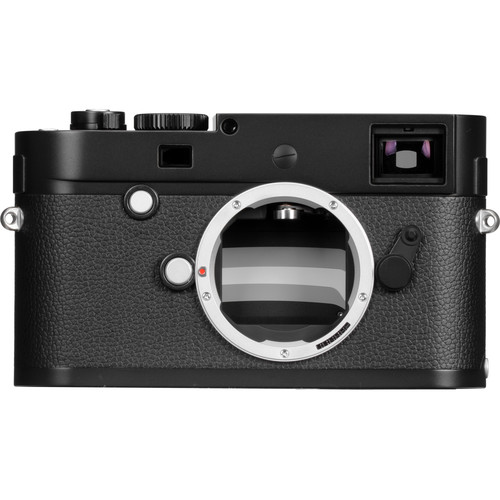
Leica M Monochrom (Typ 246) Camera Review
Introduction
Leica’s recent announcement of Leica M Monochrom (Typ 246) Camera is taking the world of black and white photography by a storm. I see much debate over the merits of making the switch to the new CMOS sensor based Leica M Monochrom (Typ 246) and those who feel that the previous version of Leica Monochrom Chrome is perhaps the better choice of the two. In this Leica M Monochrom (Typ 246) Camera review we are going to examine the pros and cons of CMOS based sensor vs CCD type sensor and if making the transition is worthwhile.
Just yesterday, I had numerous inquiries about the new Monochrom camera asking if it would be a wise decision to buy one. I said ‘it depends on your goal in photography’ which is the reason why I am writing this comparative review to shed light on the differences between the two cameras.
Firstly, let’s talk about the previous version of Leica Monochrom camera. It features a CCD sensor that is 18 megapixels which simply means that the sensor will use more ‘energy’ to capture images compared to a CMOS sensor. Getting back to the ‘goal’ in photography, if your aim is to do a lot of shooting the new version will serve to give at least twice the number of images per charge of a battery. This is additional image capturing is also partly due to the larger battery size of the Leica M Monochrom (Typ 246) as well as the differences in the sensor size.
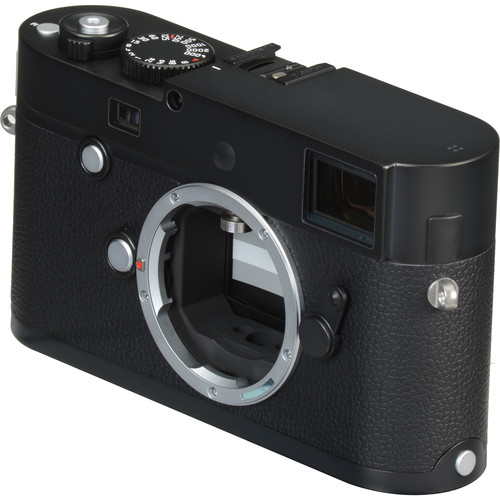
Personally, I feel that black and white photography is as close to as art form can photography get so having to capture over 400 images per shooting session or ‘outing’ is not an efficient way of creating amazing photographs. I tend to concentrate on capturing that ‘right moment’ or ‘decisive moment’ as it has been called by the great photography master Henri Cartier-Bresson.
Furthermore, you can carry additional batteries in your bag or pocket if the older Monochrom requires a change of batteries. The battery of the previous version of the Monochrom is smaller than the Leica M Monochrom (Typ 246) camera which makes carrying around a spare battery almost hassle free.

CCD sensor is very different in the way it captures images than a CMOS sensor; rolling shutter is not used, so the image is capture all at ‘once.’ On M-P240, for example, Bayer filter for color requires that the pixels are arranged in a way that is symmetrical while in the CCD sensor the layout is ‘random.’
This layout simply translates as CCD sensor based cameras having more ‘film’ like quality as the grain resembles the noise from the film rather than prearranged as in CMOS sensors which result in a more ‘digital look.’ But, this is not a concern for the new Monochrom because there is no Bayer filter for color nor anti-alias filter which means, technically, the CMOS sensor will capture images just as good as CCD sensor.
The omission of anti-alias filter or AA filter is another important point to consider; the images are sharper and clearer with both cameras because they both don’t have AA filters. This can be of concern for those issues relating to moire, but that seems to be a fair exchange for the resolution quality gain from omitting the AA filter.

The obvious difference comes in the megapixel difference between the two cameras. It seems that with the advent of new cameras bearing 35 or even 50-megapixel sensors, there is an evident move towards higher pixel cameras. I feel that unless you have the intent on printing very large format photographs the use of higher megapixel is pointless.
Furthermore, the additional gain in megapixels simply means that the pixel size on the sensor is simply smaller which results are lower light sensitivity for the sensor. To better explain this, imagine that you are looking at the top of the line cameras from DSLR manufacturers, you would notice that their cameras are not 30 plus megapixels but are only 18 megapixels.
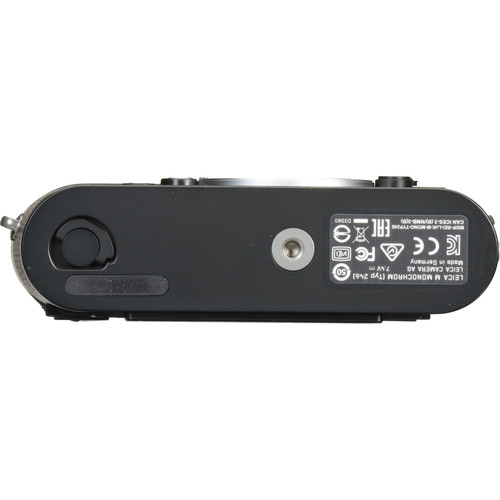
If you think about the logic of this lower megapixels in the top end cameras, the question of why use lower megapixel sensors begets to be answered. The answer is most often the higher megapixels don’t result in better images and often serve to provide a new venue for camera manufacturers to have users upgrade to the newer cameras thereby making more profit.
Leica has been cautious of this, so the new Leica M Monochrom (Typ 246) camera has only 24 megapixels which are more than sufficient for over 90% of the photography applications. I strongly believe that if there is a need for the higher megapixel camera next level must be a medium format like Leica’s S line.
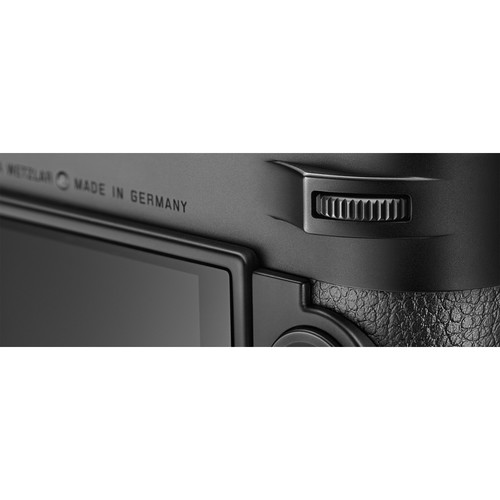
On the new Leica M Monochrom (Typ 246) camera, CMOS sensor provides an advantage that can’t be matched by CCD sensor camera of the previous generation and that is the use of electronic viewfinder or live view function. Professional photography requires that the photographs are in sharp focus unless otherwise intended. The use of CMOS sensor enables the new Monochrom to achieve critical focus by introducing focus aid which can be used to magnify the image and have colored lines appear around the focused area to indicate that accurate focus has been attained.
This is a breakthrough in camera design, previously when the lenses were used wide open at an aperture of f/0.95 or f/1.4 the accuracy of focusing was not precise. This resulted in artistic limitations for photographers which could only be remedied by the introduction of better design.
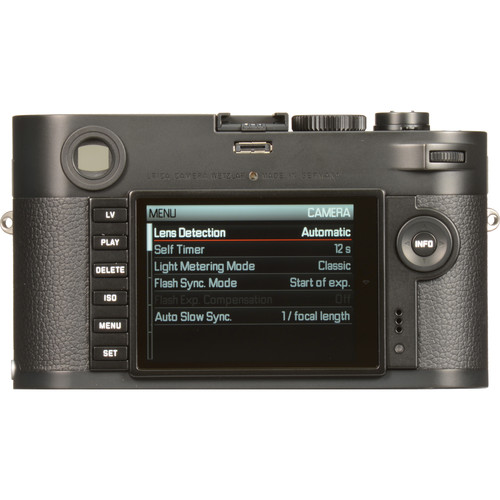
I am all for using CCD-based Monochrom for apertures above f/4, but at wide open, the accuracy and the speed of focusing are greatly increased by the introduction of the new CMOS sensor. Furthermore, for those with weaker eyesight, the alignment of images in classic rangefinder viewfinder is no longer necessary as the camera can be used with live view or electronic viewfinder which basically provides the advantage of focusing that was the domain of DSLR based cameras.
Professionals and journalists use videos as well as photos to tell their story while this is a benefit for most cameras, the sound quality is often sub-par which results in less than ideal video footage. Leica M Monochrom (Typ 246) camera can capture video in a monochrome format which is in HD 1080p, the current standard for most cameras with video capabilities. The part that Leica M Monochrom (Typ 246) camera will need to improve on the next generation of cameras bearing CMOS sensors is the ability to capture sound in stereo.
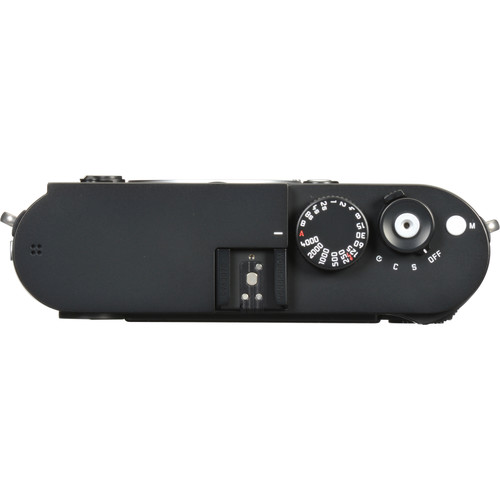
I think the everyday user of M246 will occasionally use the video mode which can easily be activated with the good position M button next to the shutter. But to truly capture anything that is worthwhile for use other than home viewing will require the additional purchase of the stereo microphone.
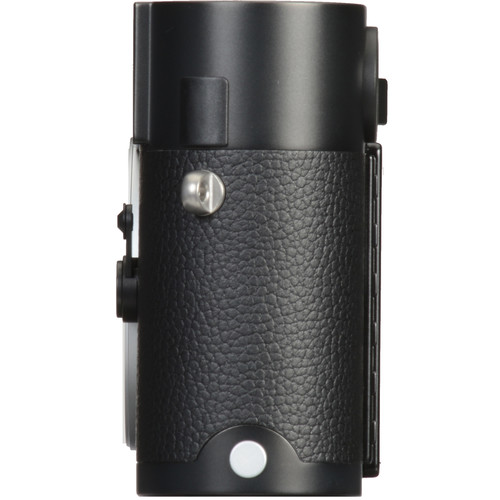
Needless to say, if you are not an avid video person the lack of video function of the previous Monochrom will not be noticeable. I feel that CMOS sensor based cameras have a lot to offer in other areas like dynamic range and image quality that video function will be among the last on my list of priorities for selecting a camera.
Speaking of dynamic range, CCD-based cameras are notorious for the lower dynamic range which means that light conditions affect the image quality greatly. The new CMOS sensor allows an improvement of about 1 to 1 and a half dynamic range over the CCD sensor. Although this may not seem a very big number for most users, for professionals, it could mean between getting the shot and losing it.
CCD based Monochrom features a dynamic range of 320 to 10000 with a pull of 160 ISO for ultra-luminous captures while the new M246 has a dynamic range of 320 to 12500 with a PUSH to 25000 ISO which results much improved low light capabilities.
Personally, I don’t put much credit to high ISO numbers because the quality of an image rapidly deteriorates as the ISO numbers climb above 3200 level. For this reason, I prefer to open the aperture and drop the shutter speed before pushing up the ISO numbers.
However, the images captured with Monochrom cameras have a distinct advantage over the Bayer filter bearing color cameras which is that the noise from higher ISO is introduced as ‘grain’ resulting from ‘luminance’ captured by the sensor of monochrome cameras is very ‘film’ like.

To better explain this, the ‘noise’ that is seen in a black and white photograph captured with a Leica Monochrom camera lacks that ‘digitally induced’ noise. The effect of higher ISO especially on a CCD sensor is merely a ‘film like’ grain. So, if you are in love with film qualities of the film era, CCD sensor is perhaps the best way to capture that spirit.
Leica M Monochrom (Typ 246) camera is blessed with the advancement of technology which provides focusing, video and dynamic range improvements over the previous model. But, I believe that CCD sensors have the best film-like quality of any sensor. Regarding monochrome photography, I tend to think that film-like quality is perhaps the best way to convey that ‘timeless’ feeling.
As in the previous version of Monochrom, the new Leica M Monochrom (Typ 246) camera can receive the metadata of the lens, if the lens has 6-bit coding. This is important because the newer cameras aid in capturing better images by ‘correcting’ the image when recording. This simply means that there is less work to be done while editing images.
On a more personal point of view, there are times I prefer to have a little vignetting or ‘less than perfect’ images to convey a feeling the way film used to do in the past. For those who are not familiar with film era and wish to have ‘perfect’ images, quality of Monochrom will be more than sufficient in most circumstances.
One major advantage of using monochrome cameras is that significant data is lost when a color image is converted via software to monochrome. Of course, there are highly complex algorithms and filters to circumvent the loss of data, but if a camera is designed to do one thing perfectly without additional steps of processing, then it goes to reason that a dedicated camera will serve those needs better.
M246 has additional buttons at the rear of the camera which helps to navigate through the multiple functions that the new camera offers. Among these improvements, the new LCD screen (921.6K) is perhaps the most important introduction as the previous model had a low quality plastic LCD screen.
Leica is famous for adhering to the idealistic views of film photography where the omission of LCD screen would better suit the needs of photographers. They have even introduced Leica M60 without an LCD screen which is still on sale even though it was introduced as a ‘limited’ edition camera.
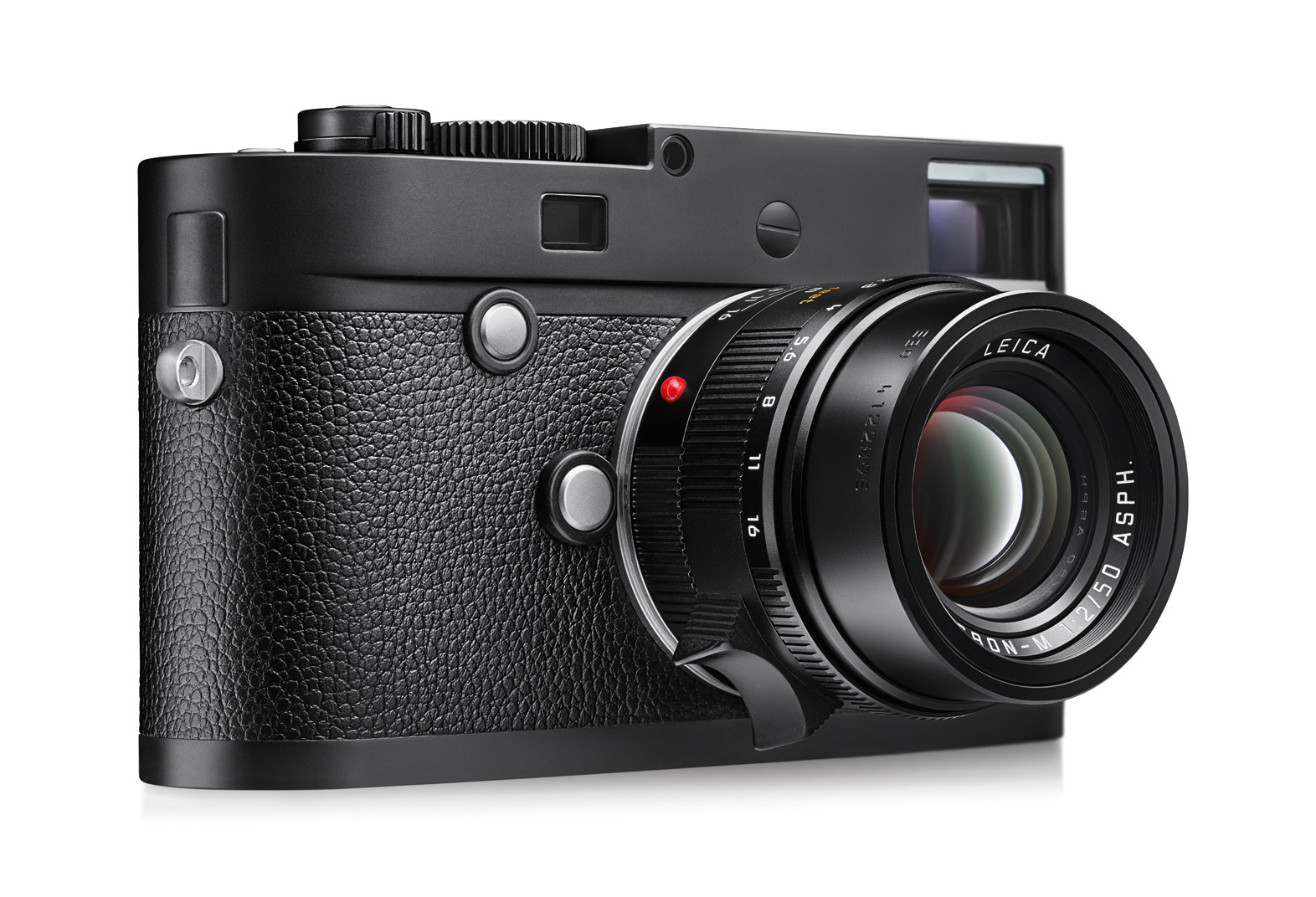
Today is the day of modern photography, long gone are days of dark rooms. Today, with millions of photos being shared via social platforms and quality of images and content must be better than ever. Therefore, I believe if the camera is a digital one and an LCD screen will serve to capture better images then please, by all means, use it. It is better than getting underexposed or out of focus images.
So, if you are considering to buy the new Leica M Monochrom (Typ 246) camera because it allows you the freedom to choose between the classic rangefinder viewfinder and electronic viewfinder then welcome it, embrace it. In the end, it is the quality of your images and how you tell your story that would matter and not whether you used an electronic or classic viewfinder to focus.
For those who consider themselves to be ‘street photographers’ and use zone system to shoot random people then it makes no difference which camera you use because either will serve the purpose for capturing images in focus.
If you are a family man who wishes to experiment with black and white photography and have little experience with the use of Leica cameras, then Leica M Monochrom (Typ 246) camera is perhaps the better choice as one can choose from multiple possibilities for focusing and capturing images.
One other important point I want to mention is before concluding this review is the 4-way cursor on the right side of the back panel of the new Leica M Monochrom (Typ 246) camera. Thank you, Leica Camera. Thank you again because this new navigation button allows you to select between different information screens available within the camera.
For those who are seasoned photographers would appreciate the easy access to the histogram and other relevant information within a touch of a button. This goes to show that in the days where the world of photography is rapidly being reshaped by new technology Leica can set new standards in simplicity and ergonomic design.
Finally, I would say if today the difference in price of older and newer is of no importance Leica M Monochrom (Typ 246) camera would be my first choice simply because it allows more to be accomplished with the camera.
Leica Cameras:
Leica M Monochrom (Typ 246) camera
Recommended Leica 50mm Focal Length Lenses:
Leica Summicron-M 50mm f/2 Lens
Leica Noctilux-M 50mm f/0.95 ASPH. Lens
Leica APO-Summicron-M 50mm f/2 ASPH. Lens
Leica Summilux-M 50mm f/1.4 ASPH. Lens
Leica APO-Summicron-M 50mm f/2 ASPH. Lens
Affordable Leica 50mm lens:
Leica Summarit-M 50mm f/2.4 lens
Other 50mm Lenses (Recommended *)
ZEISS Planar T* 50mm f/2 ZM Lens*
Voigtlander Nokton 50mm f/1.1 lens *
7artisans Photoelectric 50mm f/1.1 Lens
Voigtlander Nokton 50mm f/1.5 Aspherical Lens *
ZEISS C Sonnar T* 50mm f/1.5 ZM Lens *
Meyer-Optik Gorlitz Nocturnus 50mm f/0.95 III Lens
Used 50mm and other Lenses:
Leica Noctilux-M 50mm f/0.95 ASPH. Lens (USED)
Leica Noctilux-M 50mm f/1.0 Lens (USED)
Leica Summilux-M 75mm f/1.4 Lens (Used)
For my upcoming 2019 photography workshops, here are the links
We offer photography workshops around the world specializing in Leica cameras and lenses. You are invited to take part in one because what you gain from a dedicated photography workshop for Leica cameras and lenses. The tips and techniques you will learn in these workshops will take your photography to the next level also will stay with you for a lifetime. We look forward to hearing from you.
I hope you have enjoyed this review. If you have any comments or questions, please write to us. We would also ask that you let others know about our website and independent reviews.
As always, if you have any comments please write to us.
Thank you
Oz Yilmaz
Leica Review Team
